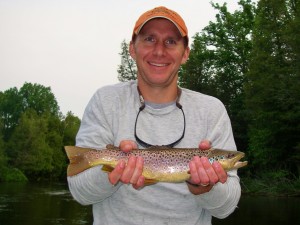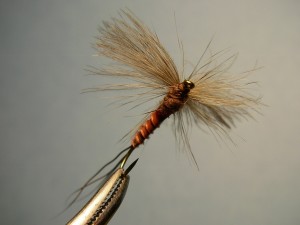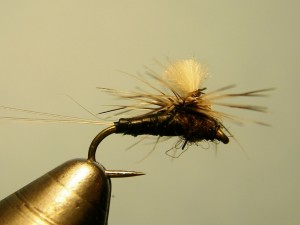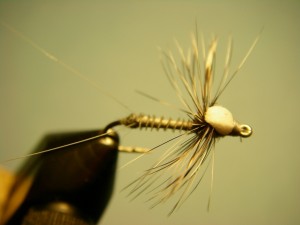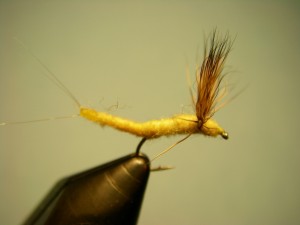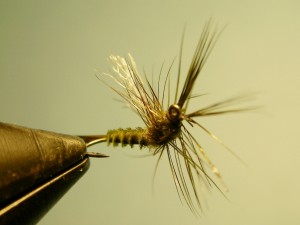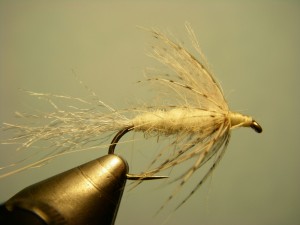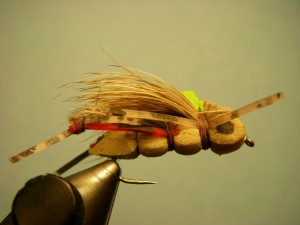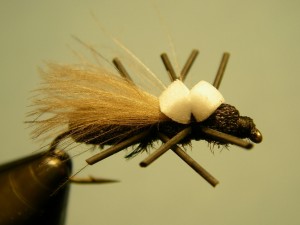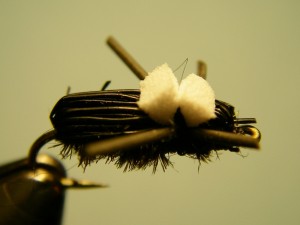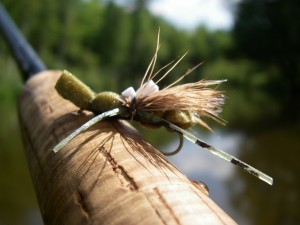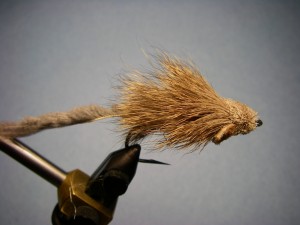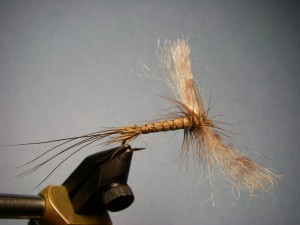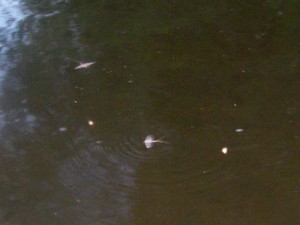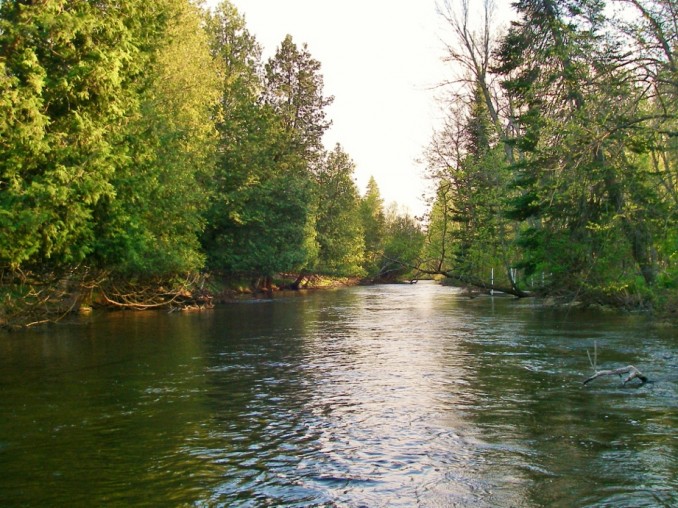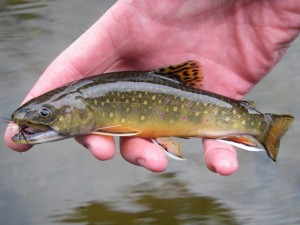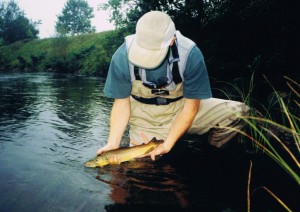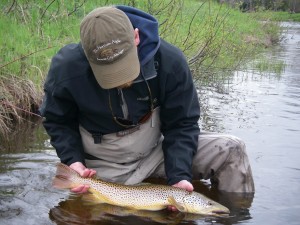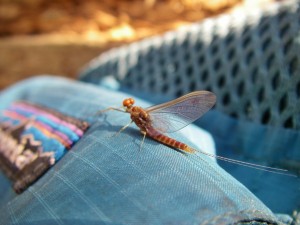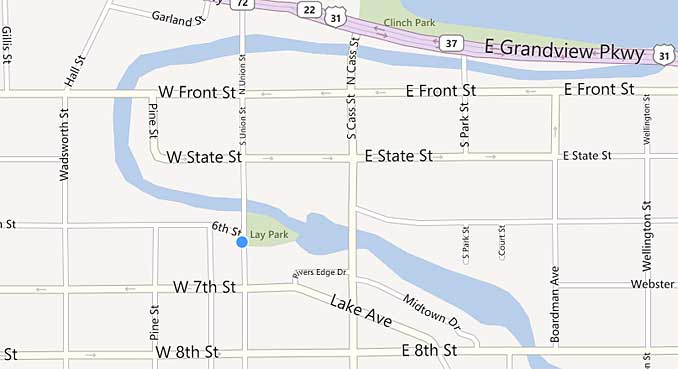The weather can’t make up it’s mind – it goes from cool spring-like weather to full-on summer, then back to cool and rainy. And the trout can’t decide whether they want to play our game or not.
Trout fishing remains challenging on both the Manistee and Au Sable Rivers. Hatches have been decent, but most days the wind blows the bugs off of the water not giving the trout much opportunity to sip them. Spinner falls have been occurring and seem to be more prolific during the warmer parts of cloudy days rather than evenings when we are accustom to them falling. Best suggestion – get out when you can, but be careful.
River levels are up significantly for the wading angler on all of the local rivers with more rain in the forecast. This will also drop the water temperatures, prolonging the various hatches and delaying the start of other bugs.
Right now you can expect to see the sulphurs, great and small mahoganies, BWO, Cahills, Grey Drakes, Brown Drakes, Stones (little yellow, early brown, medium brown) and some caddis. Isonychias should make an appearance any day if they haven’t already on certain sections of rivers.
Streamer fishing continues to be tough and with all the high water washing subsurface food down stream, the fish seem well fed this year.
Lake/pond fishing remains good – some have bluegill fishing where other have come and gone from the shallows. The next full moon should get them back in shallow again for round two of spawning. Bass – small and largemouth are taking both surface and subsurface flies where shallow water meets a drop off. The bays have some smallmouth fishing accessible to the fly rod angler, but it’s been tough as the water is so much deeper than normal. Carp, too, have been moving in and out of the shallows wherever the water is warm which has been difficult to find with the cold bay and constantly shifting winds.
Good luck.
Ted
Trout– Match-the-Hatch fishing through June including the big bugs. Terrestrial & Tricos in July and August.
Father’s Day – Get dad on the water this year with a gift certificate for either a half and full-day trip.
Fall Fishing – Salmon begins in September which leads to Steelhead in October and November.

